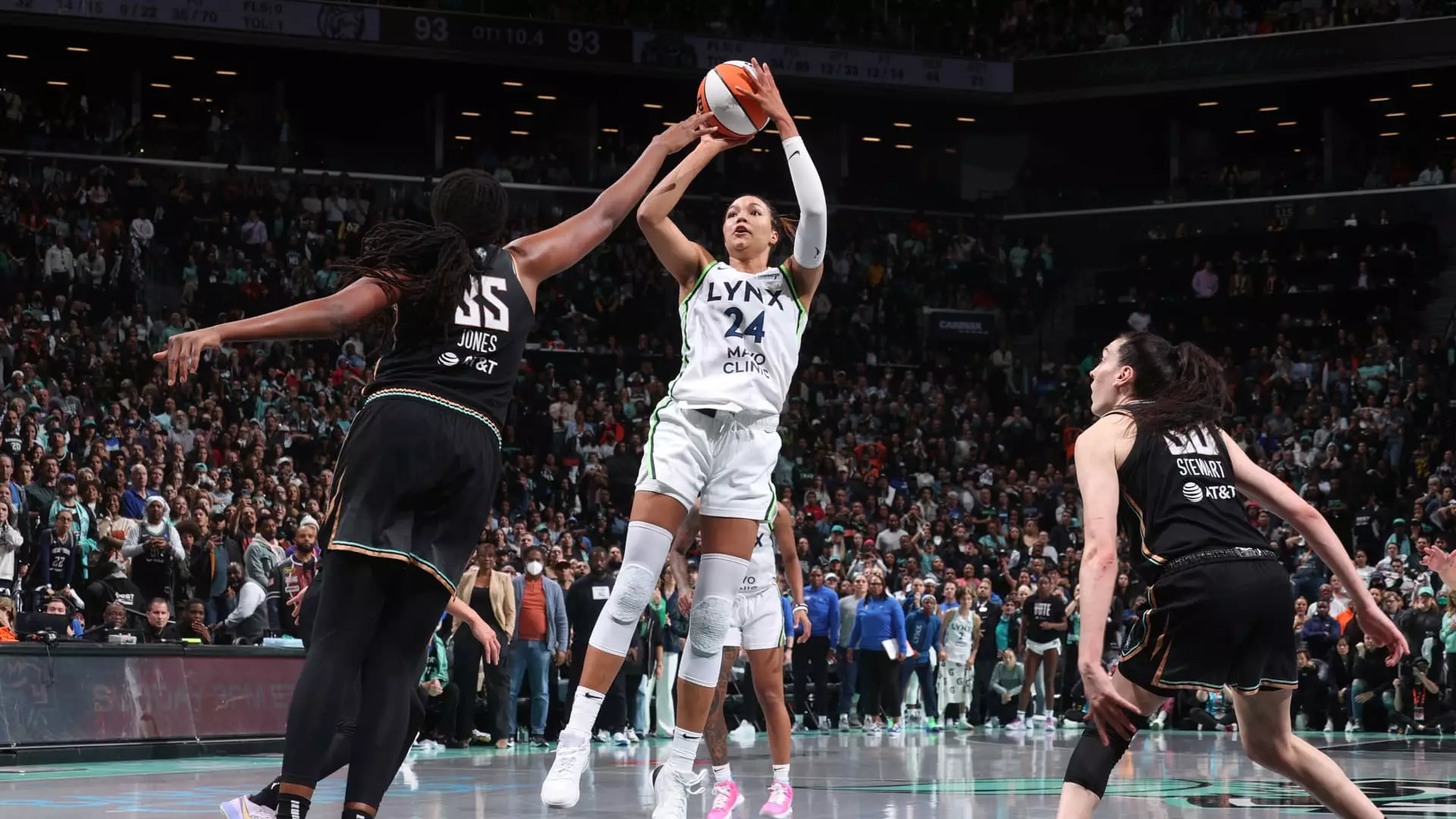The WNBA’s announcement to introduce three new expansion teams in Cleveland, Detroit, and Philadelphia is nothing short of a bold and potentially transformative decision. Expanding from 13 to 18 teams within the next five years isn’t merely a numbers game — it’s a deliberate attempt to reshape the professional basketball landscape in cities with deep-rooted sports cultures. While this move feels like a natural progression for a league that’s been steadily growing, it also highlights deeper challenges and opportunities that aren’t often discussed in the flurry of media excitement.
Expanding Legacy Cities: A Calculated Risk or an Unquestioned Win?
On the surface, placing new teams in cities with storied basketball histories makes sense. Cleveland, Detroit, and Philadelphia are no strangers to passionate sports markets. However, history reminds us to be cautious. Cleveland’s previous attempt at sustaining a WNBA franchise — the Rockers — failed due to underestimated economic realities, including low attendance and profitability problems. Similarly, Detroit’s Shock team, despite its on-court success and three championships, left the city for another market because of financial sustainability issues.
This expansion, therefore, is not just an enthusiastic embrace of women’s basketball but a significant gamble that the landscape has evolved sufficiently to support these teams long-term. The $250 million franchise fee per team underscores that the league is positioning itself as a serious contender in the sports business world. This historic high in fees signals elevated expectations for profitability and market engagement, a departure from when the league struggled to stay afloat.
The Hidden Complexities Behind Expansion Numbers
Often, the headlines focus on the excitement of new teams or the celebration of women’s sports growth, but the underlying financial and operational pressures are immense. The league’s selection process, which saw over a dozen cities submit bids, reflects fierce competition but also undervalues the complexity of building a loyal fan base and robust local infrastructure. Market viability assessments are not just about population or old sports legacies; they involve gauging community support, corporate partnerships, media interest, and grassroots development programs.
Yet, the WNBA’s commissioner’s optimistic tone about Houston remaining a prime target for future expansion speaks volumes. Houston is a major sports market teeming with potential fans, and its absence in this round of expansion suggests the league is reluctant to jump too quickly, aiming instead for measured, sustainable growth. This caution is a welcome signal in a sports culture too often obsessed with rapid scaling at the expense of sustainability.
Ownership Matters More Than Ever
Ownership structure will play a decisive role in these new franchises’ success. Cleveland’s team falls under the Rock Entertainment Group, linked to the NBA’s Cavaliers, which hints at potential synergies in marketing and operations. Detroit’s ownership by the Pistons’ leadership and Philadelphia’s by Harris Blitzer Sports & Entertainment ensures that the WNBA is tethering itself to powerful, experienced sports business entities.
But this corporate linkage also raises questions about the autonomy and authenticity of these new teams. Will they be given the resources and freedom to foster their own identity, or will they be mere subsidiaries in larger NBA-centered business models? Genuine investment in community engagement and player development, beyond the tick box of expansion, will determine whether these franchises truly thrive or fall into the trap that doomed their predecessors.
What Expansion Reveals About Women’s Sports as a Whole
The WNBA’s move is undeniably a milestone, signaling growing respect and commercial viability for women’s professional sports. Yet, it also forces us to confront the uncomfortable truth that progress is still desperately fragile and dependent on aligning with existing male-dominated sports frameworks. The need for multi-million dollar franchise fees and the reliance on NBA-affiliated owners show that the league hasn’t yet achieved full independence or widespread financial self-sufficiency.
In a perfect world, women’s sports would grow through organic, grassroots support and a broader societal appreciation of female athletes — not just through capital injection from existing male sports empires. The WNBA’s expansion plan is a vital step forward, but it should not obscure the ongoing need to challenge systemic inequalities in sports coverage, sponsorship, and investment.
This strategic growth highlights a promising trajectory, but also a complex web of challenges that require more than just new teams to resolve. The league must ensure these expansion efforts become genuine opportunities for elevating women’s basketball and building lasting legacies rather than fleeting headlines or experimental footnotes in sports business history.

